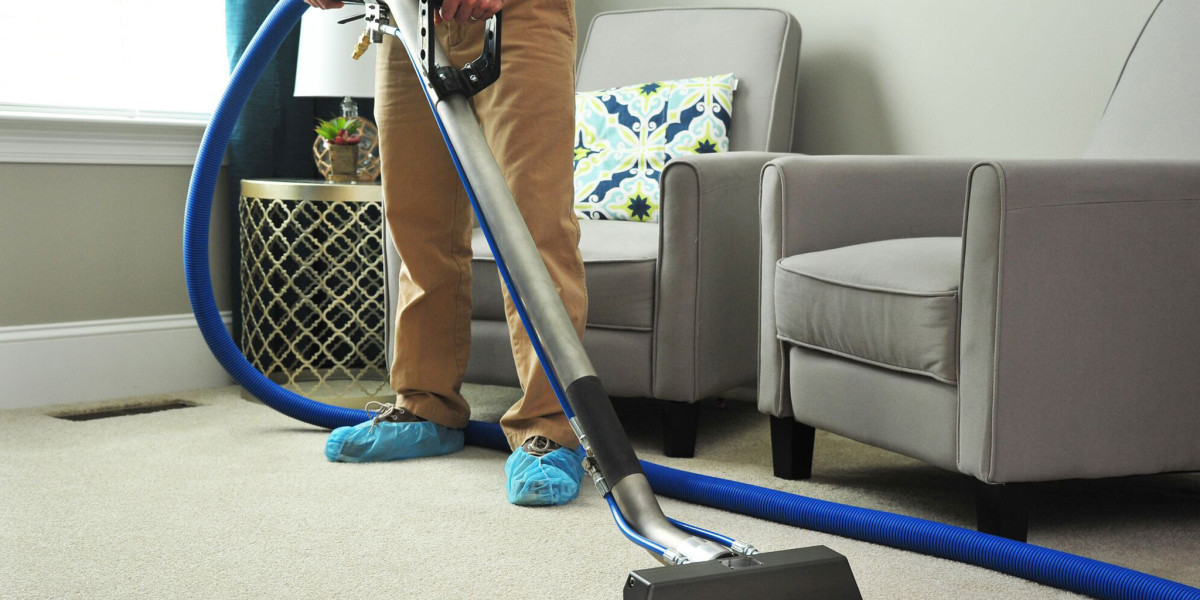Carpets are a prevalent feature in homes and commercial spaces, providing comfort, warmth, and aesthetic appeal. However, they also serve as a repository for dirt, allergens, and stains that can detract from their appearance and affect indoor air quality. Understanding the science behind carpet cleaning is essential for maintaining a healthy environment and prolonging the life of carpets. This article explores various carpet cleaning techniques, their benefits, and best practices for effective maintenance.

The Importance of Carpet Cleaning
Carpets can trap a variety of pollutants, including dust mites, pet dander, pollen, and bacteria. According to the Environmental Protection Agency (EPA), indoor air quality can be significantly impacted by these contaminants. Regular carpet cleaning is essential for reducing allergens and improving overall air quality, especially for individuals with respiratory issues or allergies.
Moreover, carpets can accumulate stains from spills, pet accidents, and everyday wear and tear. Cleaning not only enhances the visual appeal of carpets but also helps preserve their fibers, preventing premature wear and extending their lifespan.
Types of Carpet Cleaning Methods
There are several carpet cleaning methods, each with its own advantages and limitations. The most common techniques include:
- Steam Cleaning (Hot Water Extraction):
- Dry Cleaning:
- Encapsulation:
- Bonnet Cleaning:
- Shampooing:
Choosing the Right Method
Selecting the appropriate carpet cleaning method depends on various factors, including carpet type, level of soiling, and drying time requirements. For example, wool carpets may require gentler cleaning methods, while synthetic fibers can withstand more aggressive techniques. It's essential to consult the manufacturer's guidelines and consider the specific needs of the carpet before proceeding with any cleaning method.
The Role of Cleaning Agents
Cleaning agents play a crucial role in the effectiveness of carpet cleaning. They are designed to break down dirt, stains, and odors, allowing for easier removal. Common types of cleaning agents include:
- Surfactants: These compounds reduce the surface tension of water, enabling it to penetrate carpet fibers and lift dirt.
- Enzymes: Enzymatic cleaners break down organic stains, such as food and pet messes, making them easier to remove.
- Solvents: Solvent-based cleaners dissolve grease and oil-based stains effectively.
- Deodorizers: These agents neutralize odors, leaving carpets smelling fresh.
Benefits of Professional Carpet Cleaning
While homeowners can perform regular maintenance, professional carpet cleaning offers several advantages:
- Deep Cleaning: Professionals have access to advanced equipment and cleaning solutions that can penetrate deep into carpet fibers, removing embedded dirt and allergens.
- Expertise: Trained technicians understand different carpet types and the most effective cleaning methods, ensuring optimal results without damaging the carpet.
- Time-Saving: Professional cleaning can save homeowners significant time and effort, allowing them to focus on other tasks.
- Extended Carpet Life: Regular professional cleaning helps maintain carpet integrity, preventing premature wear and saving money on replacements.
- Health Benefits: Professional cleaning reduces allergens and pathogens, contributing to a healthier indoor environment.
Best Practices for Carpet Maintenance
To maintain carpets between professional cleanings, homeowners can adopt several best practices:
- Regular Vacuuming: Frequent vacuuming removes surface dirt and helps prevent it from settling into the fibers. Aim for at least once a week, or more often in high-traffic areas.
- Immediate Stain Treatment: Address spills and stains promptly to prevent them from setting. Blot the area with a clean cloth and use appropriate cleaning solutions as needed.
- Use Mats and Runners: Placing mats at entryways can reduce the amount of dirt tracked onto carpets, minimizing wear and tear.
- Rotate Furniture: Regularly rearranging furniture can prevent uneven wear patterns on the carpet.
- Professional Cleaning Schedule: Establish a routine for professional cleaning, typically every 12 to 18 months, depending on traffic and usage.
Conclusion
Carpet cleaning is an essential aspect of home maintenance that contributes to a healthier living environment and prolongs the life of carpets. By understanding the various cleaning methods, the role of cleaning agents, and best practices for maintenance, homeowners can ensure their carpets remain clean, fresh, and visually appealing. Whether opting for DIY methods or professional services, the key is to prioritize regular cleaning and care to enjoy the full benefits of carpets in any space.


